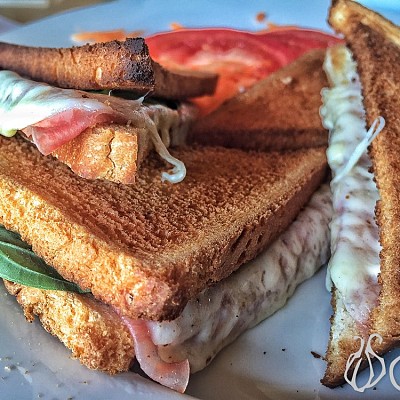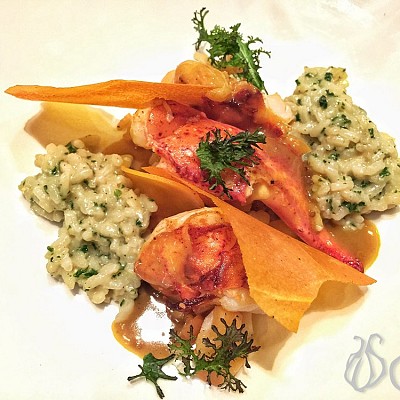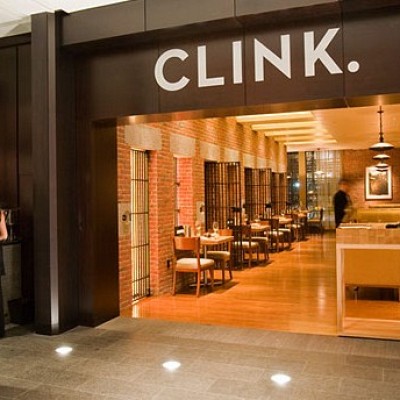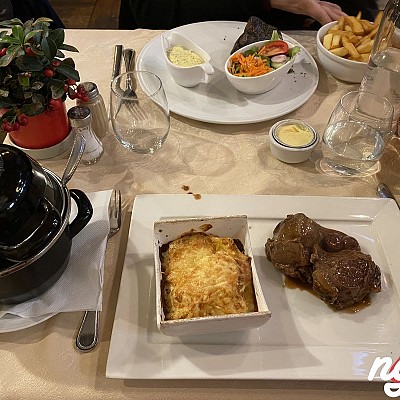Running a successful restaurant is both an art and a science, requiring a blend of creativity, operational efficiency, and strategic planning. In an industry known for its high competition and slim profit margins, maintaining and maximizing your restaurant business is crucial for long-term success. Here are some essential tips to help you achieve that goal.
Focus on Quality and Consistency
Quality and consistency are the cornerstones of any successful restaurant. Whether it’s the food you serve, the service you provide, or the ambiance you create, ensuring that customers have a consistently excellent experience is key to building a loyal customer base.
Food Quality: Always prioritize the quality of your ingredients and preparation. Work with reputable suppliers and opt for fresh, seasonal, and locally sourced ingredients whenever possible. Regularly update your menu to reflect the best of what’s available, but ensure that your signature dishes remain consistently excellent.
Service Consistency: Train your staff to provide a high level of service at all times. This includes everything from greeting customers warmly to promptly addressing any concerns they might have. A well-trained, friendly, and knowledgeable staff can significantly enhance the dining experience and encourage repeat visits.
Ambiance and Cleanliness: The ambiance of your restaurant should reflect your brand and the type of experience you want to offer. Whether it’s casual or fine dining, ensure that the decor, lighting, and music are in harmony with your concept. Additionally, cleanliness is non-negotiable. A clean restaurant, from the dining area to the restrooms, leaves a positive impression on customers and is crucial for health and safety.
Optimize Your Menu
Your menu is one of the most powerful tools in your restaurant’s arsenal. It should be carefully crafted to appeal to your target audience, maximize profitability, and reflect your restaurant’s identity.
Menu Engineering: Analyze your menu items to determine which are the most and least profitable. Use this data to highlight high-margin items through strategic placement on the menu, or consider removing low-performing dishes. Balance your menu with a mix of signature dishes and seasonal offerings to keep it fresh and exciting.
Simplify Your Offerings: A streamlined menu can reduce kitchen complexity, minimize waste, and ensure faster service. Focus on doing a few things exceptionally well rather than offering a vast array of mediocre options. This also allows you to maintain consistent quality and reduces the likelihood of errors.
Catering to Dietary Preferences: With the growing demand for dietary preferences and restrictions, such as vegetarian, vegan, gluten-free, or keto options, it’s important to cater to these needs. Offering a variety of options can attract a wider customer base and demonstrate your restaurant’s commitment to inclusivity.
Leverage Technology
In today’s digital age, leveraging technology is essential for maximizing efficiency, enhancing customer experience, and staying competitive.
Point of Sale (POS) Systems: Invest in a reliable POS system that can streamline your operations, from order taking to inventory management. Modern POS systems can provide valuable insights into sales trends, customer preferences, and staff performance, enabling you to make data-driven decisions.
Online Presence and Marketing: A strong online presence is crucial for attracting new customers and retaining existing ones. Ensure your restaurant has an updated website with online ordering capabilities, and leverage social media platforms to engage with your audience. Regularly post content that highlights your dishes, promotions, and special events. Consider using digital marketing tools like email newsletters, online ads, and SEO to reach a broader audience.
Reservation and Waitlist Apps: Implementing reservation and waitlist apps can improve customer experience by reducing wait times and managing table turnover more efficiently. These tools allow customers to book a table online and receive updates on their reservation status, enhancing convenience and satisfaction.
Prioritize Staff Training and Retention
Your staff is the backbone of your restaurant, and their performance directly impacts your business’s success. Prioritizing staff training and retention can lead to higher productivity, better customer service, and lower turnover rates.
Comprehensive Training Programs: Develop comprehensive training programs for both front-of-house and back-of-house staff. Training should cover not only job-specific skills but also soft skills like communication, teamwork, and customer service. Regularly update training materials to reflect new menu items, procedures, and customer service standards.
Employee Incentives and Recognition: Recognize and reward your employees for their hard work and dedication. Offer incentives such as bonuses, promotions, or employee of the month programs to motivate your staff. Providing opportunities for career advancement can also encourage employees to stay with your restaurant longer, reducing turnover costs.
Create a Positive Work Environment: Foster a positive work environment where employees feel valued and respected. Encourage open communication, address any workplace issues promptly, and promote a culture of teamwork and collaboration. A happy, motivated team is more likely to deliver exceptional service to your customers.
Monitor Finances Closely
Financial management is critical to the sustainability of your restaurant. Keeping a close eye on your finances can help you identify areas for improvement, avoid cash flow problems, and maximize profitability.
Cost Control: Regularly review your food and labor costs to ensure they are in line with industry benchmarks. Implement portion control and waste reduction strategies in the kitchen to minimize food costs. Labor costs can be managed by optimizing staff schedules based on business needs and using technology to streamline operations.
Revenue Management: Analyze your sales data to identify peak hours, popular menu items, and customer demographics. Use this information to optimize pricing, create targeted promotions, and maximize revenue. Offering specials during slow periods or upselling high-margin items can also boost profitability.
Budgeting and Forecasting: Create a detailed budget that outlines your expected income and expenses. Regularly compare your actual financial performance to your budget and make adjustments as needed. Forecasting future sales and expenses can help you plan for seasonal fluctuations and make informed decisions about investments in your business.
Engage with the Community
Building strong ties with the local community can enhance your restaurant’s reputation and attract loyal customers. Engaging with the community also positions your restaurant as a trusted and valued part of the neighborhood.
Local Partnerships: Collaborate with local businesses, suppliers, and organizations to create mutually beneficial partnerships. This could include sourcing ingredients from local farmers, hosting events with nearby businesses, or participating in community festivals.
Community Involvement: Support local causes and charities by donating a portion of your profits, sponsoring events, or hosting fundraisers. Being actively involved in the community not only strengthens your brand but also fosters goodwill among your customers.
Customer Loyalty Programs: Implement a customer loyalty program to reward repeat customers. Offer incentives like discounts, free items, or exclusive access to events. A well-designed loyalty program can increase customer retention and encourage word-of-mouth referrals.
Making Sure Your Restaurant Has a Bright Future
Maintaining and maximizing a restaurant business requires a multifaceted approach that encompasses quality and consistency, menu optimization, technological integration, staff management, financial oversight, and community engagement. By focusing on these key areas, you can create a thriving restaurant that not only attracts customers but also sustains long-term success in a competitive industry. Remember, the restaurant business is dynamic, and staying adaptable, innovative, and customer-focused is essential for continued growth and profitability.






































